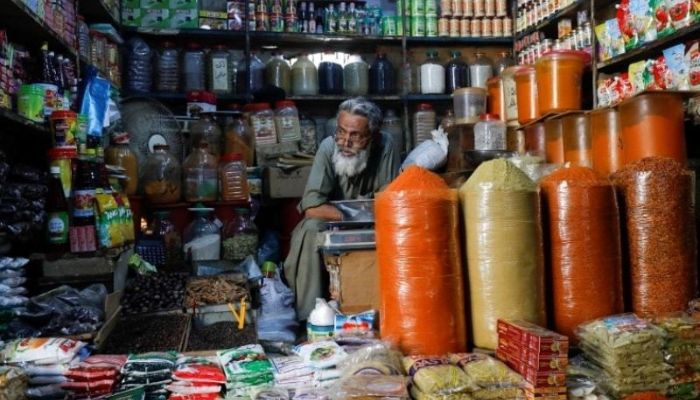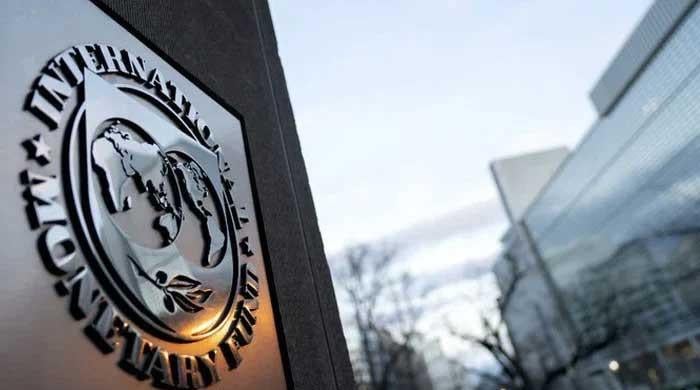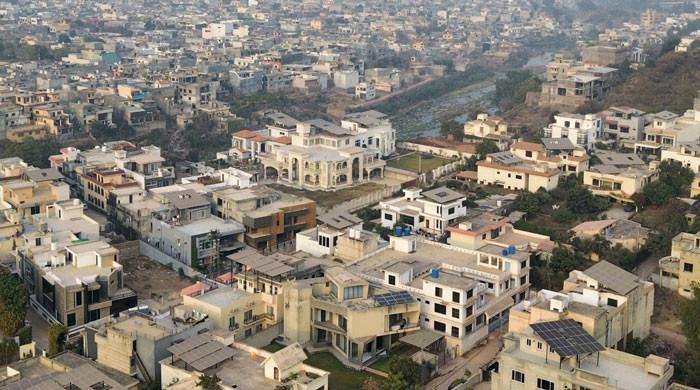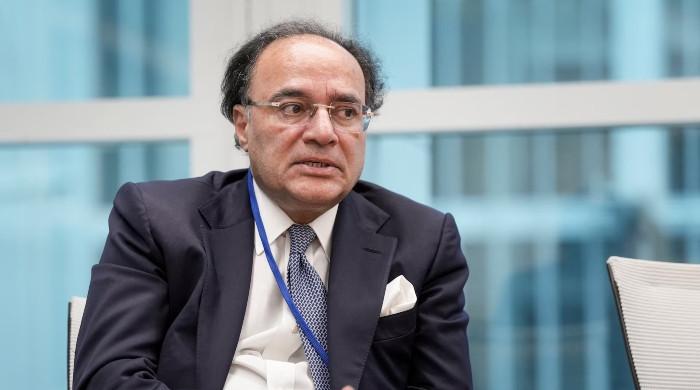Finance ministry expects domestic inflation to cross 15% in coming fiscal year
Ministry expects "blurred growth prospects" which could be impeded by the current unfavourable global climate
June 30, 2022

For this fiscal year, which begins Friday, the Ministry of Finance has hinted at a raise in the policy rate and expects "blurred growth prospects", which could be impeded by the current unfavourable global climate and increased domestic inflation, crossing 15%, Dawn reported on Thursday.
In its Monthly Economic Update for June & Outlook, the ministry's Economic Adviser's Wing (EAW) said that despite achieving 5.97% growth in FY2022, underlying macroeconomic imbalances associated with domestic and international risks make the growth outlook indistinct, the publication reported.
With supply-side constraints and rising international commodity costs, the EAW predicted that the State Bank of Pakistan (SBP)'s demand management policy was unlikely to succeed, further eroding income levels.
According to the report, economic growth in Pakistan is facing a challenging situation due to wider macroeconomic imbalances, and the current account deficit, which remained high during the first three quarters, may begin to decline by the end of this fiscal year and beyond.
The unfavourable global environment, as well as higher domestic inflation, are being blamed for "blurred growth prospects", the report stated.
According to the report, the delayed pass-through of international oil prices into domestic energy products is expected to raise inflation, even though inflationary pressures may ease once international commodity prices begin to fall and stabilise.
Pakistan's growth prospects are expected to remain favourable in the future. However, the number of potential risks may cause it to deviate from the optimal path.
First, Pakistan's main trading partners' cyclical position is deteriorating. Their central banks are raising interest rates to combat inflation, potentially causing a recession in those countries, the publication stated.
"Second, the SBP may raise domestic interest rates further," the publication said, warning that the SBP's demand management policy may be ineffective because current waves of inflation are largely caused by supply constraints and rising international prices, particularly commodity prices. "Exchange rate depreciation is also a source of concern because it raises the cost of imported raw materials," it added.
Third, the persistent rise in domestic consumer prices is eroding real incomes, and limiting consumer and investor spending power. "These risk factors may put the macroeconomic environment and growth prospects in jeopardy," said the report.
Specifically, they may have a negative impact on the temporary cyclical output gap.
According to the report, the economy will tend back to potential output in the long run if sound responses lay the groundwork for a sustainable long-run growth trajectory. This should be accompanied by measures aimed at boosting Pakistan's potential output growth. These measures must include the creation of a favourable investment climate, the promotion of confidence, and the stimulation of promising economic initiatives with high growth potential. Sound demand management policies may benefit the current account balance.
In the long run, increasing the potential output growth rate reinforces the supply side of the economy and, when combined with neutral demand management, will bring the current account balance (CAB) onto a long-run sustainable path.
According to the report, the government has withdrawn subsidies on fuel and energy products in order to control the growing twin deficit, resulting in a sharp increase in the prices of all petroleum products.
"Furthermore, the recent rise in international commodity prices, particularly energy and food, will be translated into domestic prices," it admitted, adding that year-on-year inflation is expected to accelerate in June and remain within the range of 14.5-15.5%.
According to the report, Pakistan's industrial activity was vulnerable to external conditions, including the cyclical impact of the country's main export markets. Agriculture growth is expected to be 3.9% next year, but this is dependent on a number of factors, including the revival of cotton and wheat production, consistent availability of water, certified seeds, fertilisers, pesticides, and agriculture credit facilities.
According to the publication, the report stated that the US economy is slowing due to headwinds from the Russia-Ukraine conflict, rising energy and food prices, reversal of stimulus programmes, tighter monetary policy, and Chinese lockdowns.









